Menu
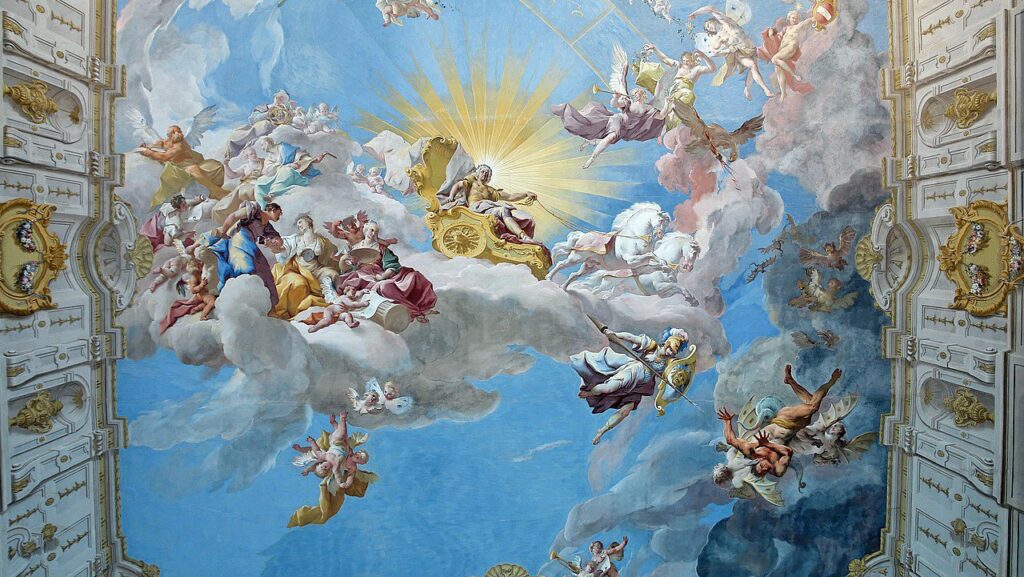
Conti possessed an amazing sense of melody and a deep understanding of humanity’s dark aspects.
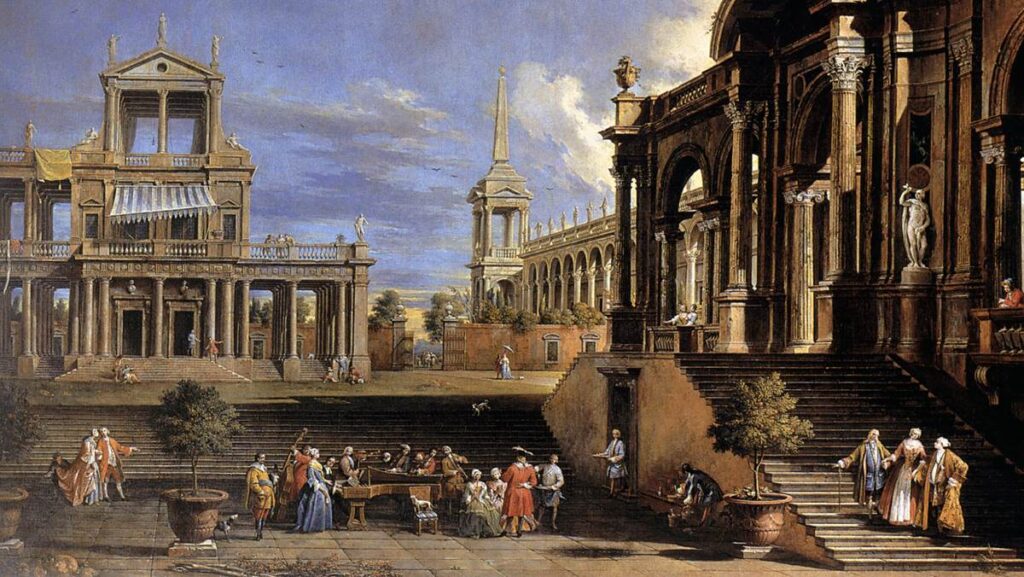
It is frustrating, maddening even, for anyone who loves Vivaldi’s music that basic data on his development as a composer and musician is lacking to this day.
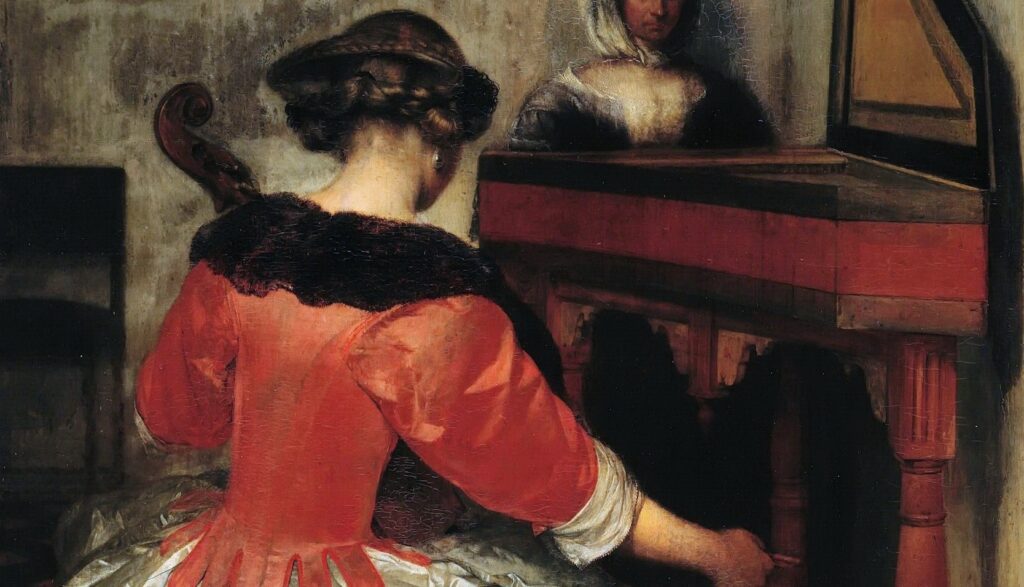
Antonia Padoani Bembo’s compositions sometimes sound thoroughly French, at other times purely Italian.
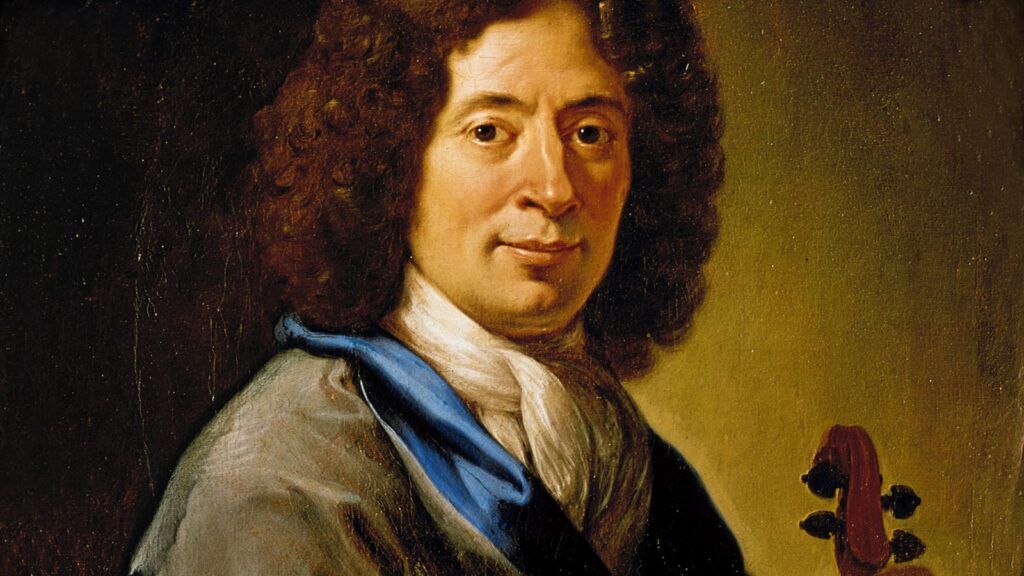
If someone in the audience kept talking after Corelli had already started playing, he would immediately lower his violin until the room had become completely silent. If the talking continued, he would refuse to play at all.
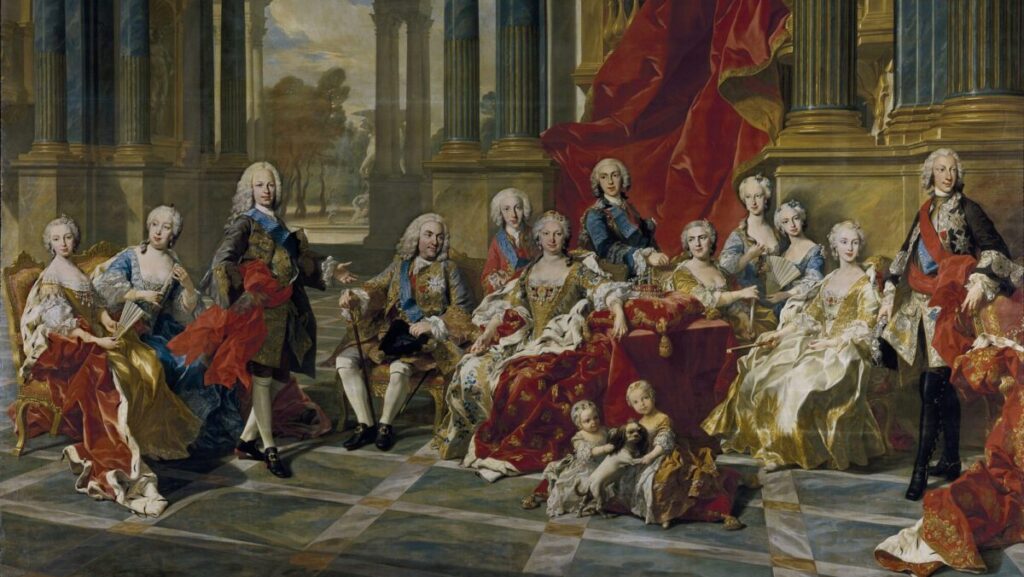
Domenico’s last work is a bittersweet farewell to earthly life and perhaps a reconciliation with his demanding father, Alessandro, who would surely have smiled approvingly.

Steffani’s Stabat mater is the resounding counterpart to Bernini’s overwhelming “L’Estasi di Santa Teresa d’Avila,” even though that sculpture was created almost 80 years earlier.

What is so miraculous about this 182 bars long lullaby, the 11th of a total of 16 songs and cantatas that Tarquinio Merula compiled in his Opus 13?
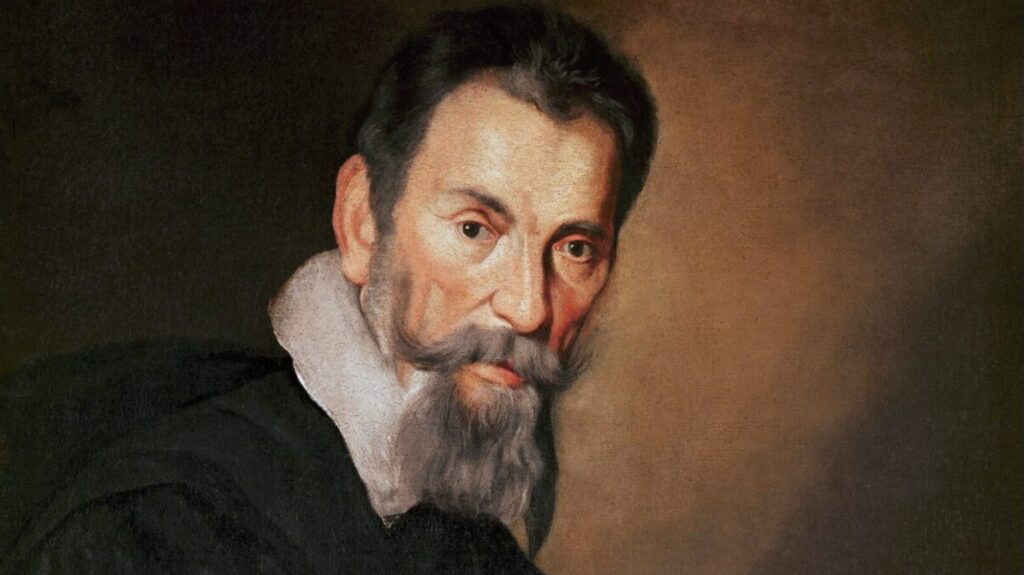
The message Monteverdi wants to deliver is clear: “I master all techniques and styles, from the most learned ‘stile antico’ to the most modern styles.” Not surprisingly, a contemporary described him as “the greatest composer in Italy.” As far as I am concerned, he could have added: “of all time.”
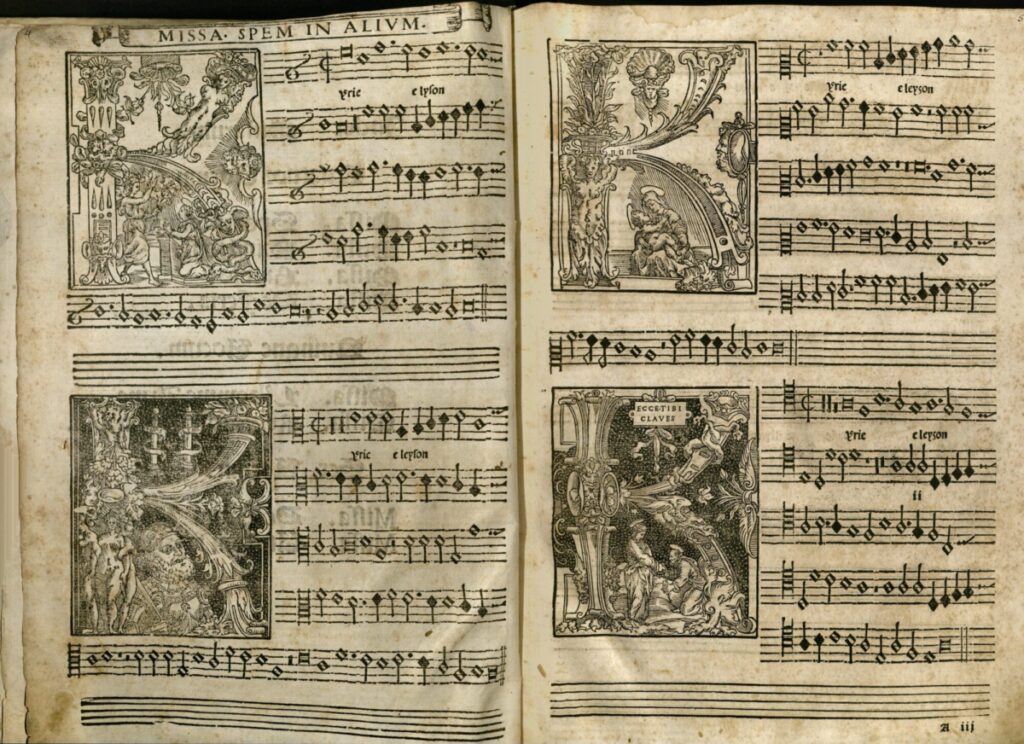
By writing about my favorite Italian composers, placing the greatest Italian masterpieces in their historical context and listing the finest performances known to me, I hope to pass on the best of myself as a music scholar and concert organizer.